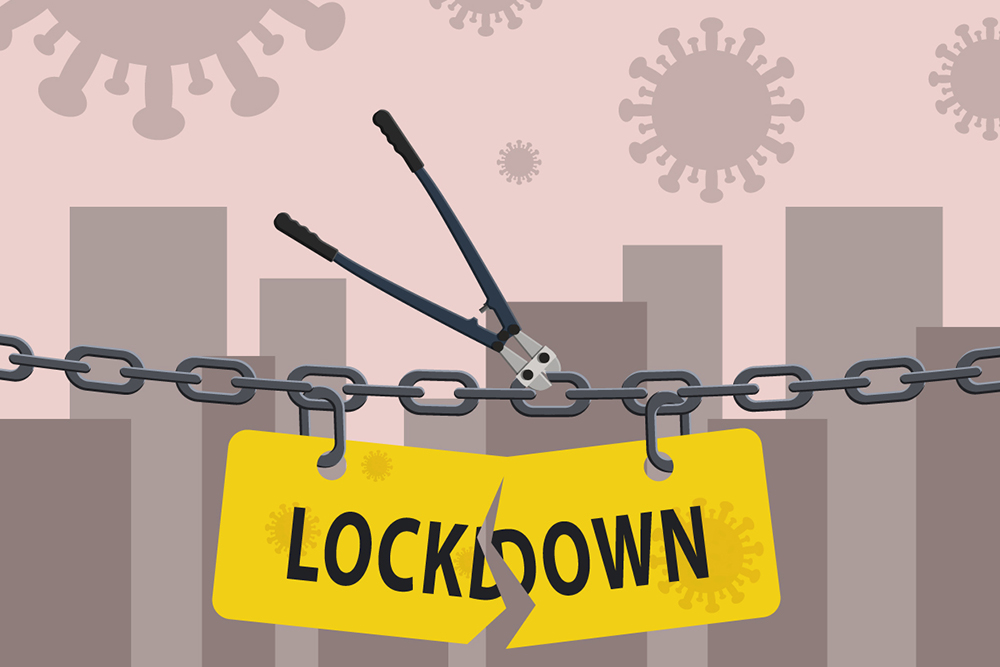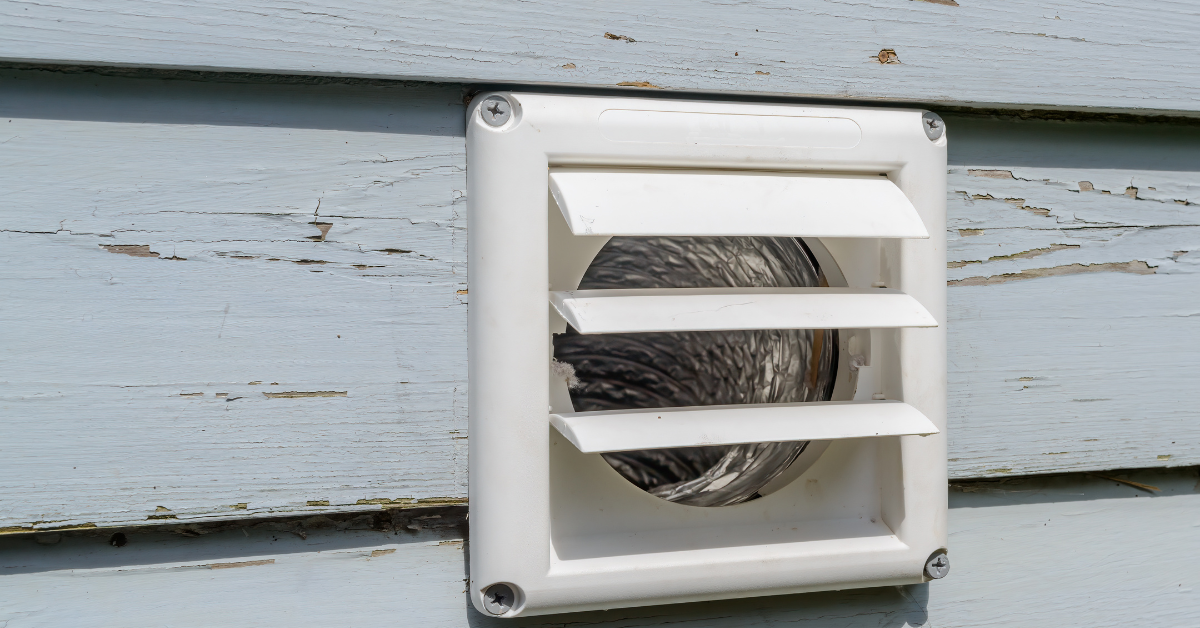
Incremental Steps to Reopening
Community associations across the state have been waiting for some sign of normalcy after enduring over nine weeks of extraordinary restrictions commencing when Governor Murphy announced the State of Emergency and issued Executive Order 103. Since that announcement, there have been numerous executive orders further clarifying restrictions placed upon persons and businesses in New Jersey. Although some other states have shown a willingness to expedite reopening and regain some sense of normalcy, New Jersey, having the second highest number of COVID-19 cases and deaths from the disease, has taken a cautious and deliberative approach, slowly easing restrictions which started on April 29, 2020 with the issuance of Executive Order 133 reopening State parks and Golf Courses. On Wednesday, May 13, 2020, Governor Murphy further eased restrictions and issued Executive Order No. 142 (the “Order”), permitting non-essential construction projects, curbside pickup at non-essential retail businesses and meetings while in vehicles, all of which were banned by prior executive orders. This new Order takes effect at 6:00 a.m. on Monday, May 18, 2020.
The most impactful provisions in the Order affecting community associations relate to the easing of restrictions on non-essential construction. With this Order, community associations may start to move forward with construction projects that were stopped and/or prevented as long as they comply with certain conditions.
The Order requires that construction projects must adhere to the following requirements to be permitted:
- Prohibit non-essential visitors from entering the worksite;
- Engage in appropriate social distancing measures when picking up or delivering equipment or materials;
- Limit worksite meetings, inductions, and workgroups to groups of fewer than 10 individuals;
- Require individuals to maintain six feet or more distance between them wherever possible;
- Stagger work start and stop times where practicable to limit the number of individuals entering and leaving the worksite concurrently;
- Identify congested and “high-risk areas,” including but not limited to lunchrooms, breakrooms, portable restrooms, and elevators, and limit the number of individuals at those sites concurrently where practicable;
- Stagger lunch breaks and work times where practicable to enable operations to safely continue while utilizing the least number of individuals possible at the site;
- Require workers and visitors to wear cloth face coverings, in accordance with CDC recommendations, while on the premises, except where doing so would inhibit the individual’s health or the individual is under two years of age, and require workers to wear gloves while on the premises. Businesses must provide, at their expense, such face coverings and gloves for their employees. If a visitor refuses to wear a cloth face covering for non-medical reasons and if such covering cannot be provided to the individual by the business at the point of entry, then the business must decline entry to the individual. Nothing in the stated policy should prevent workers or visitors from wearing a surgical-grade mask or other more protective face covering if the individual is already in possession of such equipment, or if the businesses is otherwise required to provide such worker with more protective equipment due to the nature of the work involved. Where an individual declines to wear a face covering on the premises due to a medical condition that inhibits such usage, neither the business nor its staff require the individual to produce medical documentation verifying the stated condition;
- Require infection control practices, such as regular hand washing, coughing and sneezing etiquette, and proper tissue usage and disposal;
- Limit sharing of tools, equipment, and machinery;
- Where running water is not available, provide portable washing stations with soap and/or alcohol-based hand sanitizers that have greater than 60% ethanol or 70% isopropanol;
- Require frequent sanitization of high-touch areas like restrooms, breakrooms, equipment, and machinery;
- When the worksite is an occupied residence, require workers to sanitize work areas and keep a distance of at least six feet from the occupants; and
- Place conspicuous signage at entrances and throughout the worksite detailing the above mandates.
These requirements are not simple, but are necessary and can be accomplished with appropriate oversight and planning. While the requirements may result in some increase in cost for previously contracted work, reasonable change orders should be considered by associations to accommodate these additional requirements. During this time, prudent measures will minimize concern and reduce the likelihood of transmission of COVID-19. However, nothing in this new Order mandates that an association permit non-essential construction projects. In fact, an association may choose to be more restrictive with its policies where they feel the health and safety of their community would be at risk. There is no doubt that granting associations the option of commencing construction projects is a positive move forward in getting back to a state of normalcy.
If you have any questions about this or any other community association matter, please feel free to contact any of the attorney’s in our New Jersey Community Association Practice Group.






